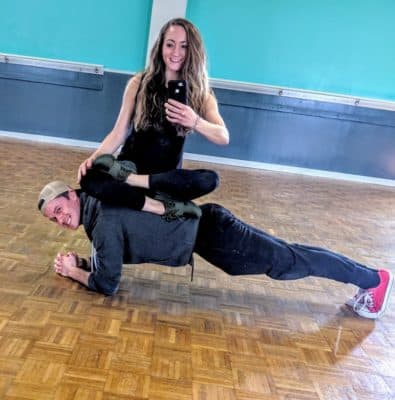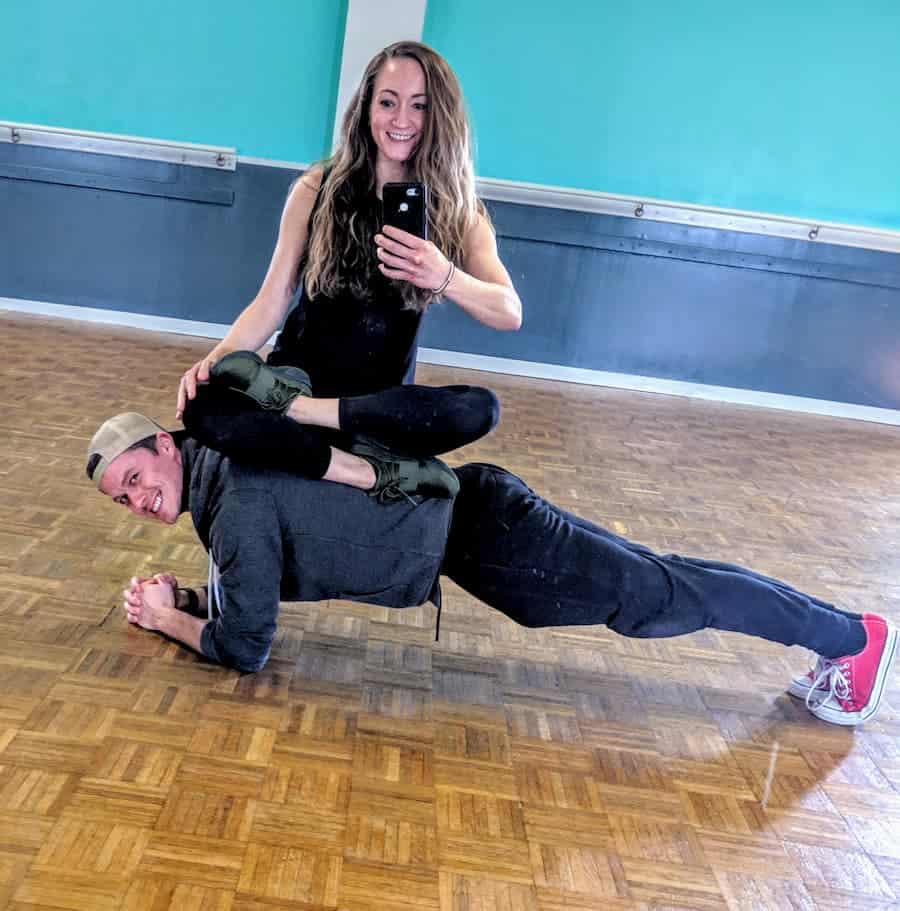The importance of Core Strength
It is your center, it controls your balance, it can add explosiveness and stability to movements, it is commonly revered as a prize for reaching the pinnacle of health. The list could go on and on and I’m sure by now you know that I’m talking about your stomach. Your core, your abs your six-pack, whatever you’d like to call it. We all have abs and we all have some level of core strength. But, should our core be stronger?
From my experience working with people throughout the years, I can easily say YES! No matter what level of activity you fall into, from a professional tennis player to someone who’s never exercised a day in their life, you will benefit from having a stronger core. But what’s the best way to train your core?
This is a common question. If you have ever looked at exercise videos on Youtube or Instagram, or even in health magazines, you have probably seen more core exercises than any other body part. But why is that? For one, everyone is looking to have a flat stomach. It shows that we are healthy, fit and strong. And two, there are dozens if not hundreds of exercises and variations of those exercises to “Attack your core”. It can be confusing to know which exercise you should start with.
Your Abdominal, or core, muscles have 3 primary functions. (I’m simplifying significantly here) To contract vertically, to rotate (which is really another form of contraction) and to stabilize. Today we will be focusing on stabilizing through our core. We will train our core stabilization with one of the simplest but often overlooked exercises, The Plank.
Why should you plank?
If you’ve exercised before then there’s a good chance you have heard of a plank. But why should you plank? While many core exercises: sit-ups, crunches, side bends, flutter kicks, etc. focus on the contraction and relaxation of the abdominal muscles few of them focus on a long, sustained contraction from multiple muscle groups in the core. Why is this important?
While some core exercises, such as crunches, focus on a single muscle group such as the Rectus abdominus (six pack muscles), they do a poor job contract the surrounding musculature. Contracting all the muscles of the core at once, and being able to maintain that contraction will help your brain better contract these muscles in unison in the future. “Great! But are there any reasons I shouldn’t plank?” you may be asking.
Why should you not plank?
If you have high blood pressure or a history of high blood pressure in your family then planks should be approached with caution, if not completely avoided. The prolonged contraction of the abdominals will increase intra-abdominal pressure, while this is beneficial for supporting the spine it can also be a recipe for disaster if you suffer from high blood pressure.
If you have high blood pressure, other forms of exercise should be approached first until your blood pressure is in a normal range. Sorry, but the benefits of planks do not outweigh the risks in this case.
How to plank
To execute a plank you will place your hands or elbows on the floor or an elevated object while maintaining a neutral and flat body. From the top of your shoulders to your heels you should look…. Link a plank! You will hold this position for a given amount of time.
Key Points of a plank
- Keep your hips from sagging down. When your hips drop too low you will increase the curvature of your spine. This can cause increased pressure in the spinal column and can cause irritation.
- Remember to breath. While holding a plank it is very important to breathe, for obvious reasons. It is common when holding your core tight to forget to breathe.
- Start at your level. Just because you can’t do an elbow plank doesn’t mean all planks are out of the question. Start where you feel comfortable and progress your way higher
- Listen to your body. If your shoulders feel like they have knives stuck in them and your back aches as soon as you enter into a plank, STOP! There are underlying issues that need to be addressed before proceeding.
To adjust the difficulty of a plank you will want to change how close your torso is to the ground. This can be accomplished by moving from a Hands-on an object plank to a high plank to a low plank.
Plank Variations
Hands on an object plank
This the easiest level of the plank. To execute this plank you will place your hands on an object above the floor. This can be a counter, bench or chair. The closer the object is to the floor the more difficult the plank will be. Place both hands on the object and place your feet behind you so you enter a “Push-up position”. From this position contract your core and hold.
High Plank
In a high plank, your hands will be on the floor and you will assume a pushup position. Your hands will be directly under your shoulders and you will hold this position for the allotted time.
Low Plank
A low plank is when we lower our torso even further by placing our elbow on the floor. With only our elbows, forearms and toes touching the floor our core has to contract even harder to keep our back from sagging.
Side Plank
A side plank is when you rotate your body 90 degrees so your chest is perpendicular to the floor. Then you will either place your hand or elbow (depending on the desired difficulty) on the ground. You can either stack your top foot on top of the bottom foot, or bend the lower leg and place that knee on the ground.
Where should you start?
You have a few options here. I would suggest that you start in a high plank position. See how your body feels in that position and if you are able to hold that position for 1 minute move down to a low plank. Repeat with the side plank working your way to a low side plank. Work up to holding a low plank and a side plank for 2 minutes each.
If you would like to learn more about increasing your core strength, reducing back pain or improving your mobility contact us for a FREE personal training session.


